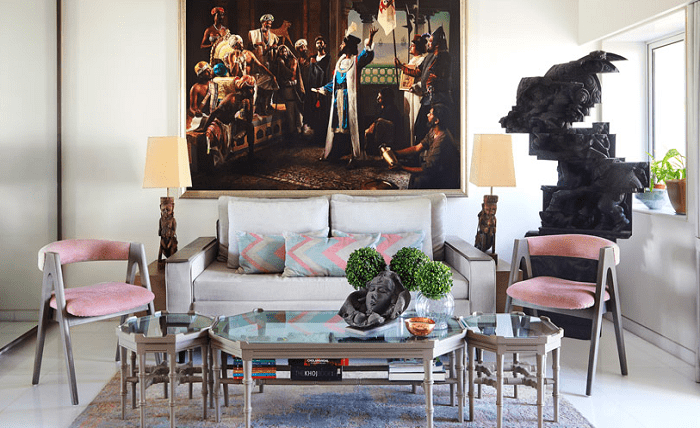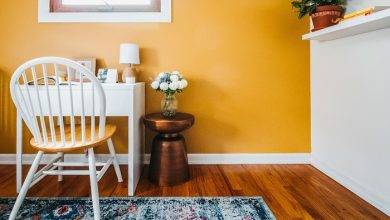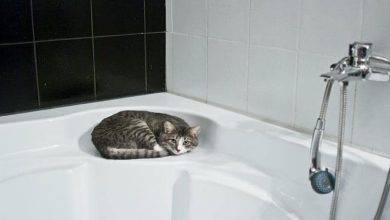Why is art important in a home?

We are all creatures of habit and tend to spend a lot of time in the same spaces on a daily basis. The home is usually where we spend most of our time, which makes it very important when it comes to staying balanced and inspired in life. Having art in your home makes it feel like a home instead of just another space. It breathes life into a house and brings character, personality, and meaning to any living space.
If you’re reading this, then you probably agree that art has an important role in the home or want to learn more about why it does. In this best art blog post, we’ll cover some of the many reasons why art is so important in a home as well as some tips for making art a focal point in your abode.
Why is Art Important in the Living Room?
There are many reasons why art is important in the living room. For one, it can be a great conversation starter. Art can also add personality to a room and make it more inviting.
Additionally, art can help to create a certain mood or atmosphere in a room. And finally, art can simply be enjoyable to look at and appreciate. Whether you choose to hang a piece of abstract art or a traditional landscape painting, adding artwork to your living room is sure to enhance the space. So why not take the time to find that perfect piece for your home today?
Why is Art Important to Your Family?
There are many reasons why art is important to our family. For one, art is a great way to express ourselves and our creativity. It can also be used as a form of communication, whether it be through paintings, sculptures, or even just simple drawings.
Art can also be used as a way to connect with our heritage and culture. For example, my wife is from Mexico and she loves to paint traditional Mexican scenes. This allows her to feel closer to her roots and share her culture with our children.
Lastly, art is simply enjoyable and fun! We all enjoy going to the museum or taking classes together. It’s a great way to bond as a family while also learning new things and expanding our horizons.
How Can I Use Art at Home?
Assuming you would like tips on how to display and incorporate art in your home: One way to add art to your home is by hanging paintings or prints on the walls. You can create a gallery wall by grouping together several pieces of artwork, or hang a single large painting over a piece of furniture.
Another option is to lean artwork against the wall on shelves or ledges. You can also frame smaller works of art and display them on tabletops or mantelpieces. If you have limited wall space, you can still incorporate art into your décor by setting aside a shelf or area of a room to showcase sculptures or other three-dimensional pieces.
You can also group together different types of artwork, such as photography, pottery, and textiles, to create an eclectic display. And don’t forget about using walls as blank canvases for murals or painting accent colors.
Examine a Work of Art in Your Home
Think about the artwork in your home. What is it? Where did you get it? What does it mean to you? Now, take a closer look. Really examine it. What do you see? What colors are used? What is the subject matter?
Is there a story behind it? Artwork can be so much more than just something that looks nice on your wall. It can be a reflection of who you are, where you come from, and what is important to you.
It can tell a story and provide insight into your life. So take some time to really look at the artwork in your home and consider its meaning and importance to you.
Conclusion
In this blog post, the author discusses why art is important in a home. The author argues that art can add beauty and interest to a home, and can also be used as a way to express oneself. The author also notes that art can be used to create a sense of calm or peace in a home, and can be used as a form of self-care.




